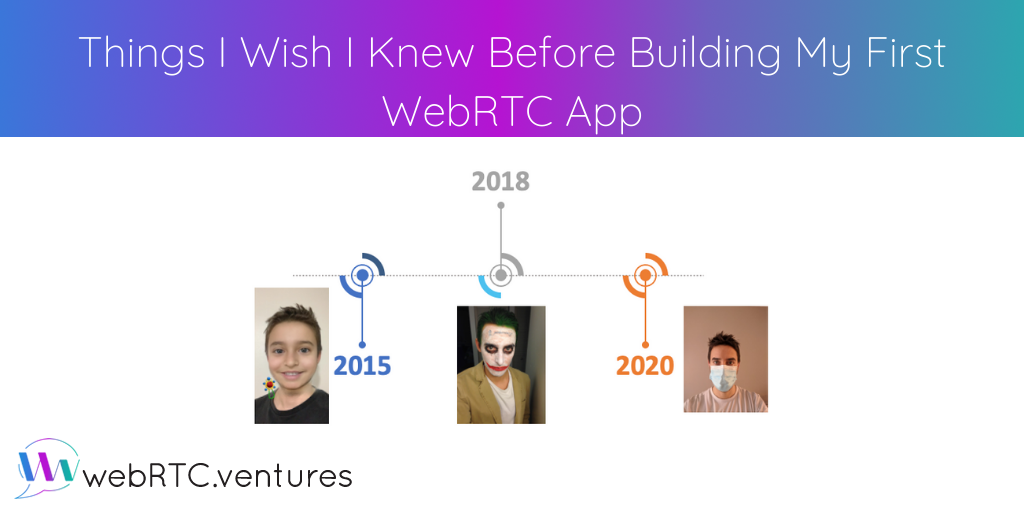
For our 50th episode of WebRTC Live, Arin Sime’s guest was WebRTC thought leader, Tsahi Levent-Levi to discuss trends in WebRTC development in 2021. Topics included WebRTC 1.0, AV1, project maturity, scaling, testing, privacy, background replacement. remote work and social interactivity, end-to-end encryption, and much more. Watch it here!

WebRTC.ventures Senior Engineer Alberto Trastoy Gonzalez learned the hard way that WebRTC based applications are different from other web applications. WebRTC carries a unique set of challenges around interoperability, scaling, networking, security, testing, and debugging.

A WebRTC app needs to work on a variety of platforms, in different hardware and network configurations, and at various levels of user load. Testing is not as simple as buying a single tool or adopting a single methodology. It requires layering a variety of techniques, as well as expertise that most teams don’t have.

What exactly is WebRTC and how are the peer-to peer, real-time communication video, audio, and data channels it enables used in different industries such as video conferencing, contact centers, telehealth, insurance, in-context communications, dating and social media, gaming, IoT, and more? Let’s find out.






